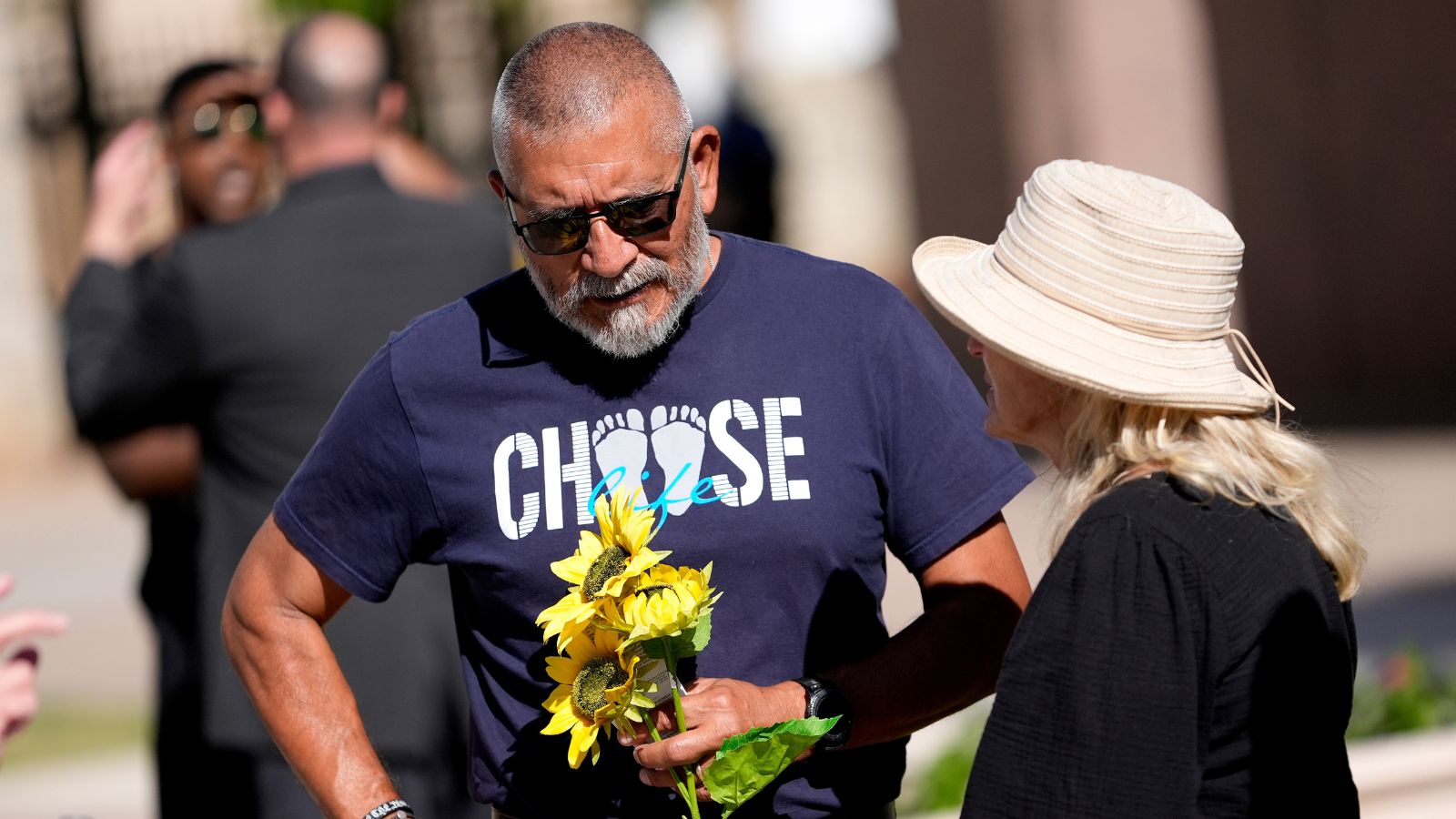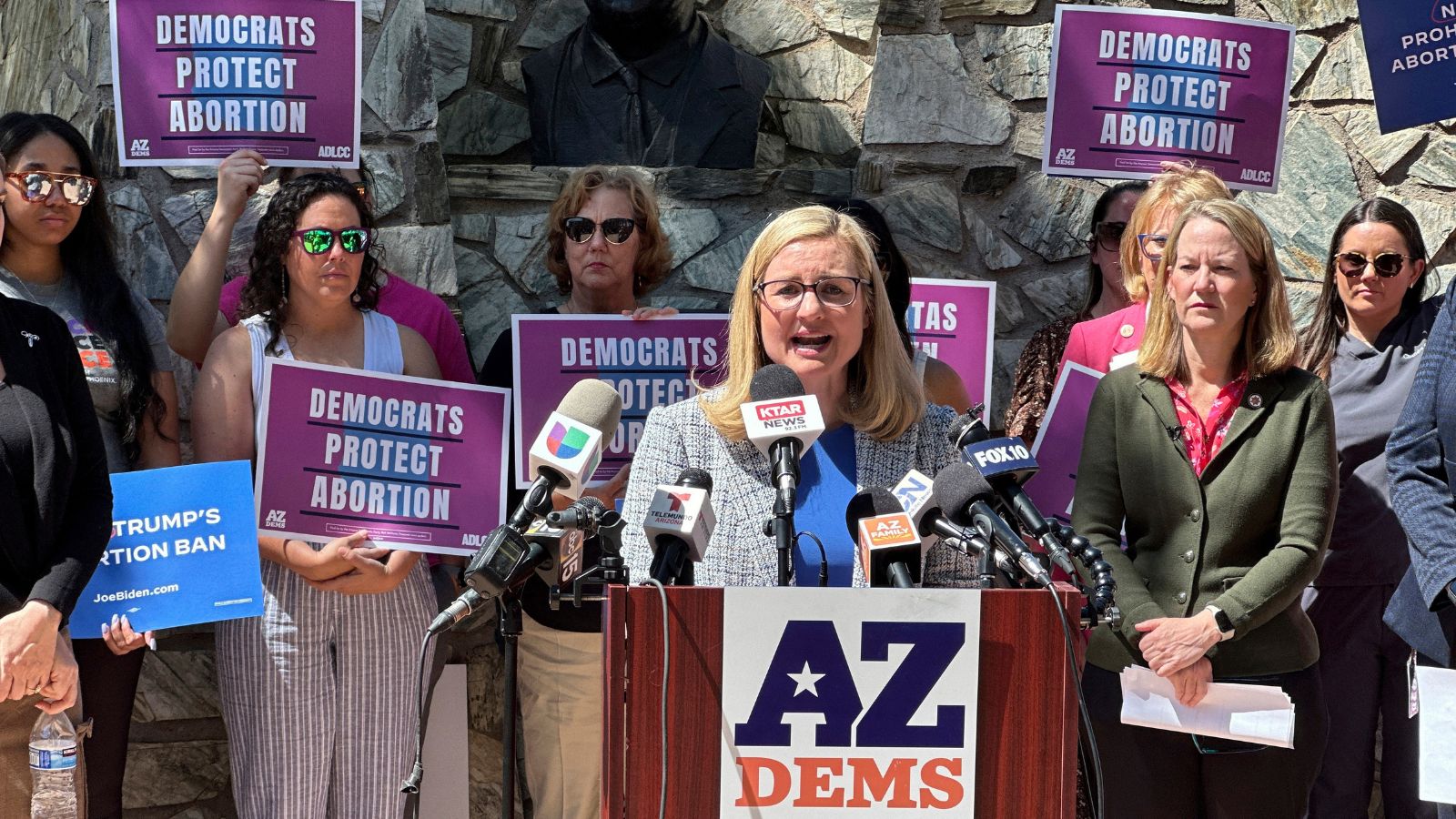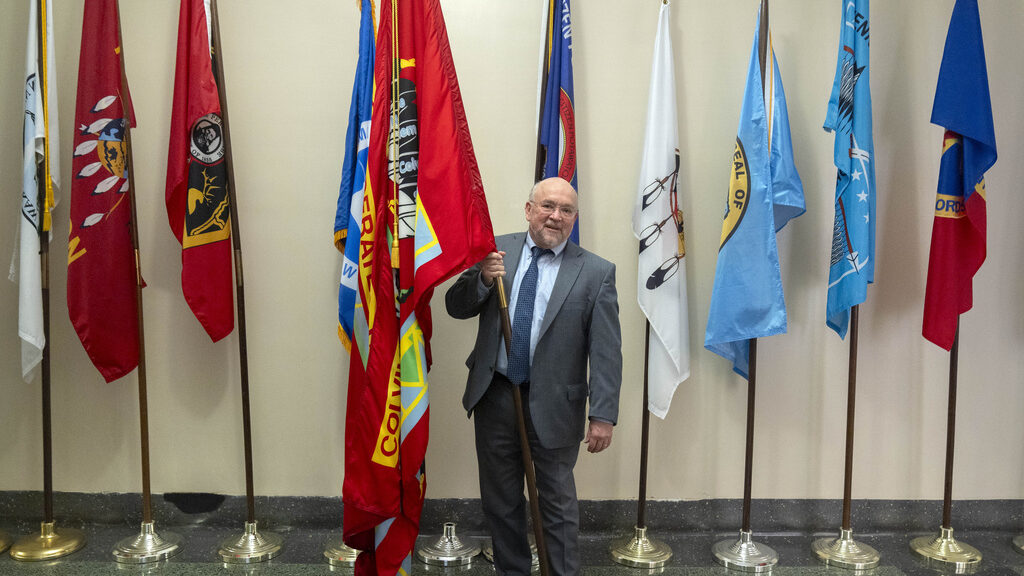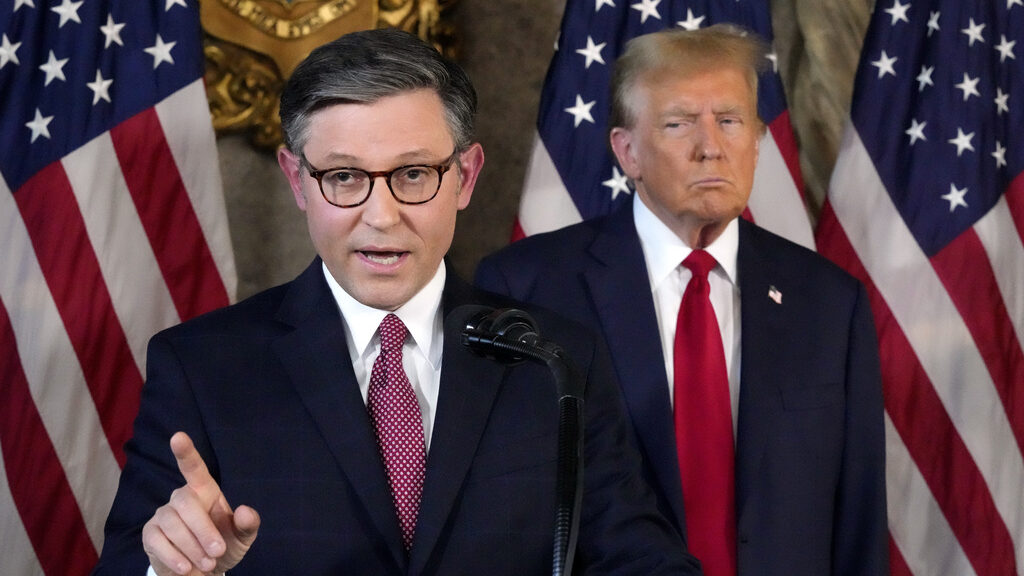White House: How about a COVID-19 boost with that flu shot?
Aug 31, 2022, 9:10 PM | Updated: Sep 5, 2022, 12:43 pm
WASHINGTON (AP) — The Biden administration hopes to make getting a COVID-19 booster as routine as going in for the yearly flu shot.
That’s at the heart of its campaign to sell the newly authorized shot to an American public that has widely rejected COVID-19 boosters since they first became available last fall.
Shots of the updated boosters, specifically designed by Pfizer and Moderna to respond to the omicron strain, could begin within days. U.S. health advisers recommended today that most Americans get the modified doses and the Centers for Disease Control and Prevention is expected to adopt those recommendations. The U.S. government has already begun shipping some of the 170 million shots it purchased and is emphasizing that everyone will have free access to the booster.
White House COVID-19 coordinator Dr. Ashish Jha said this latest round of shots will offer protection during the busy cold and flu season, with the hope of transitioning people to get the vaccine yearly. Typically, at least half of U.S. adults get a flu shot.
“We expect them to provide more durable protection over time,” Jha said in an interview Wednesday with The Associated Press. “The goal very much is to get to a point where people get their COVID shot on a regular basis, the way they do their flu shot.”
Community health workers in North Carolina, home to the country’s lowest COVID-19 booster rate, like the strategy, especially because of confusion among some people about vaccine schedules.
“I believe in keeping things simple,” said Marty Stamey, an outreach coordinator for the Mountain Area Health Education Center in western North Carolina. “I’ve heard a lot of people say, ‘I think I’ll just wait and try to do it like the flu shots.'”
The White House plan also relies in part on local health departments, providers and community groups to reach out and encourage people to get the updated booster. Pharmacies, health providers and state or local health departments are preparing to send text messages to millions of people that will encourage them to get a booster this fall, White House officials said.
Jha said he recommends most Americans get the booster by the end of October.
Still, this latest vaccination campaign faces several challenges.
A majority of Americans got their first and second dose of the COVID-19 vaccine when it was released last year but they’ve been more reluctant to get a booster jab, with less than half getting their first booster since it became available late last year.
Congress also has not moved forward on President Joe Biden’s $22.5 billion request earlier this year for the COVID-19 response. Republicans criticized the request, pointing to the $1.9 trillion already spent on responding to the pandemic. Running short on funds, the government announced it would stop shipping COVID-19 tests to people’s homes after Friday.
And COVID-19 funding is drying up for many of the community groups that received millions of federal tax dollars to hire workers who spent months reaching deep into neighborhoods with door knocks, mobile vaccine clinics and posters encouraging people to inoculate against COVID-19.
White House officials say those local leaders deserve a lot of credit for stamping out misinformation about the COVID-19 vaccine and convincing many around the country that the shot will protect them.
“Those are the really critical messengers,” Jha said.
That on-the-ground work has been crucial to getting people vaccinated in the rural, Spanish- and Haitian-speaking communities that the Migrant Clinicians Network has reached throughout Texas, California and Maryland with its $8.5 million federal grant.
“Simply having the vaccines available is one thing, but getting the shots in the arms is another,” said Amy Liebman, a chief program officer for the nonprofit group.
Some of those local health organizations, too, are now stretched as they work to get low vaccination rates among children under 12 up. Only a third of 5- to 11-year-olds received both doses of the COVID-19 vaccine since becoming eligible late last year. Meanwhile, just 7% of children under 5 have gotten a first dose since it was made available this summer.
Dr. Niharika Khanna at the University of Maryland School of Medicine has just started making progress on convincing new mothers that the vaccine is safe and effective for their babies.
Her program, which has hired more than 269 health workers and administered more than 12,000 vaccinations and boosters across Delaware, Maryland, Virginia and West Virginia, isn’t quite ready to transition back to pushing COVID-19 boosters.
“All of these people, all of these relationships we’ve carefully cultivated are at risk for falling apart,” Khanna said. “Today if you were to say to me switch to booster, I’d say no. I need another two to three weeks to really get these people going.”
___
AP White House Correspondent Zeke Miller contributed to this report.
Copyright © The Associated Press. All rights reserved. This material may not be published, broadcast, rewritten or redistributed.









